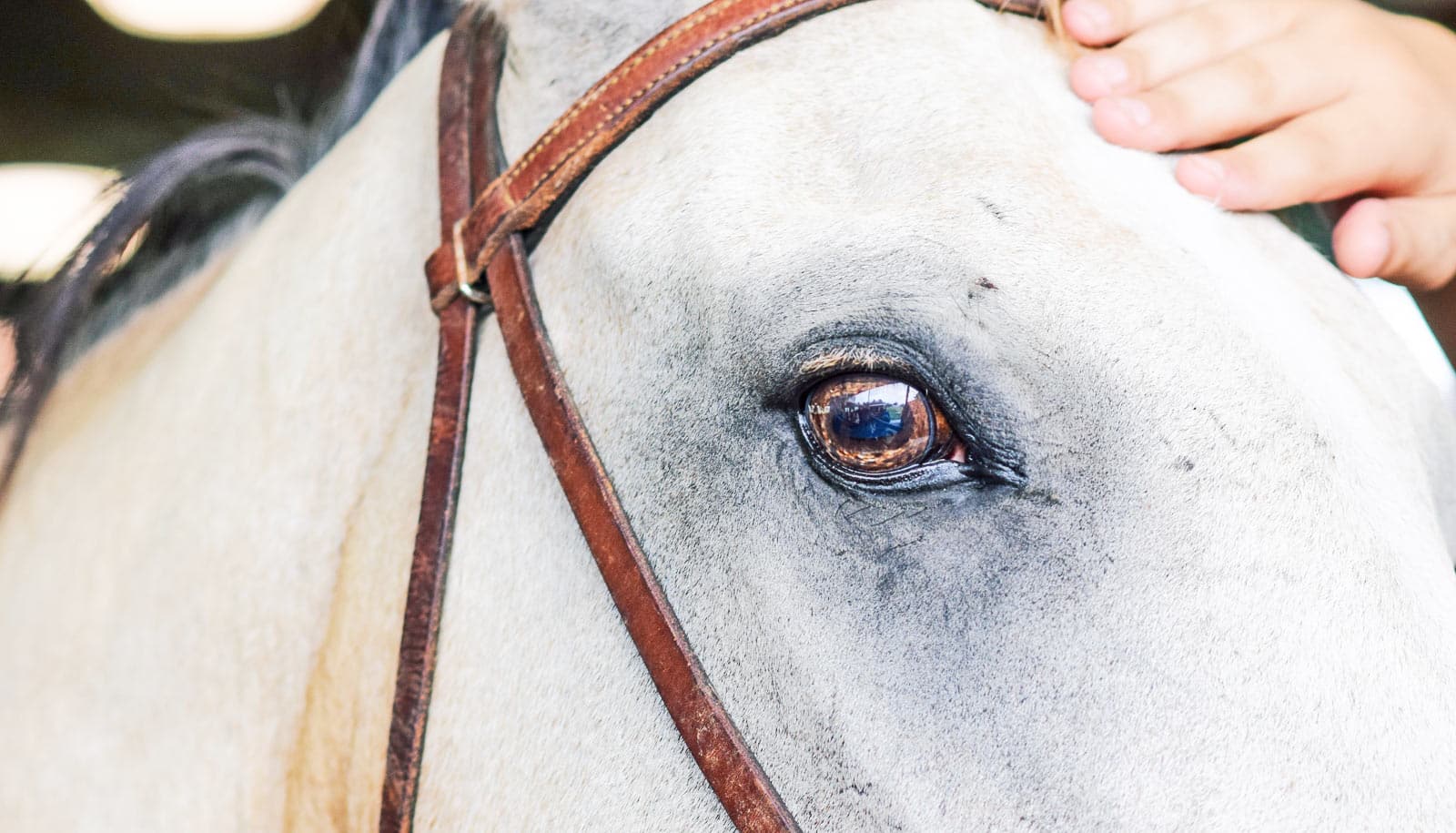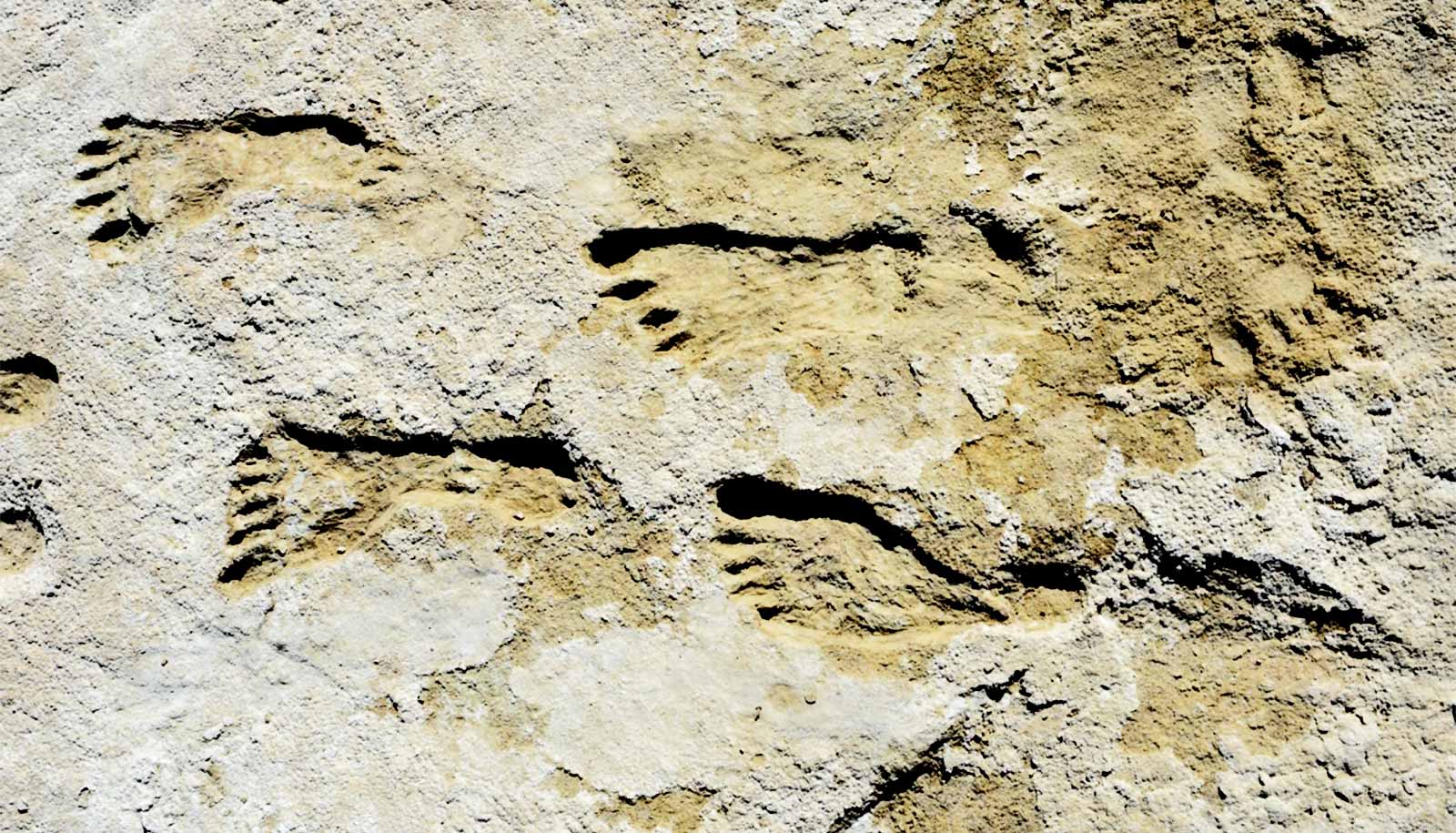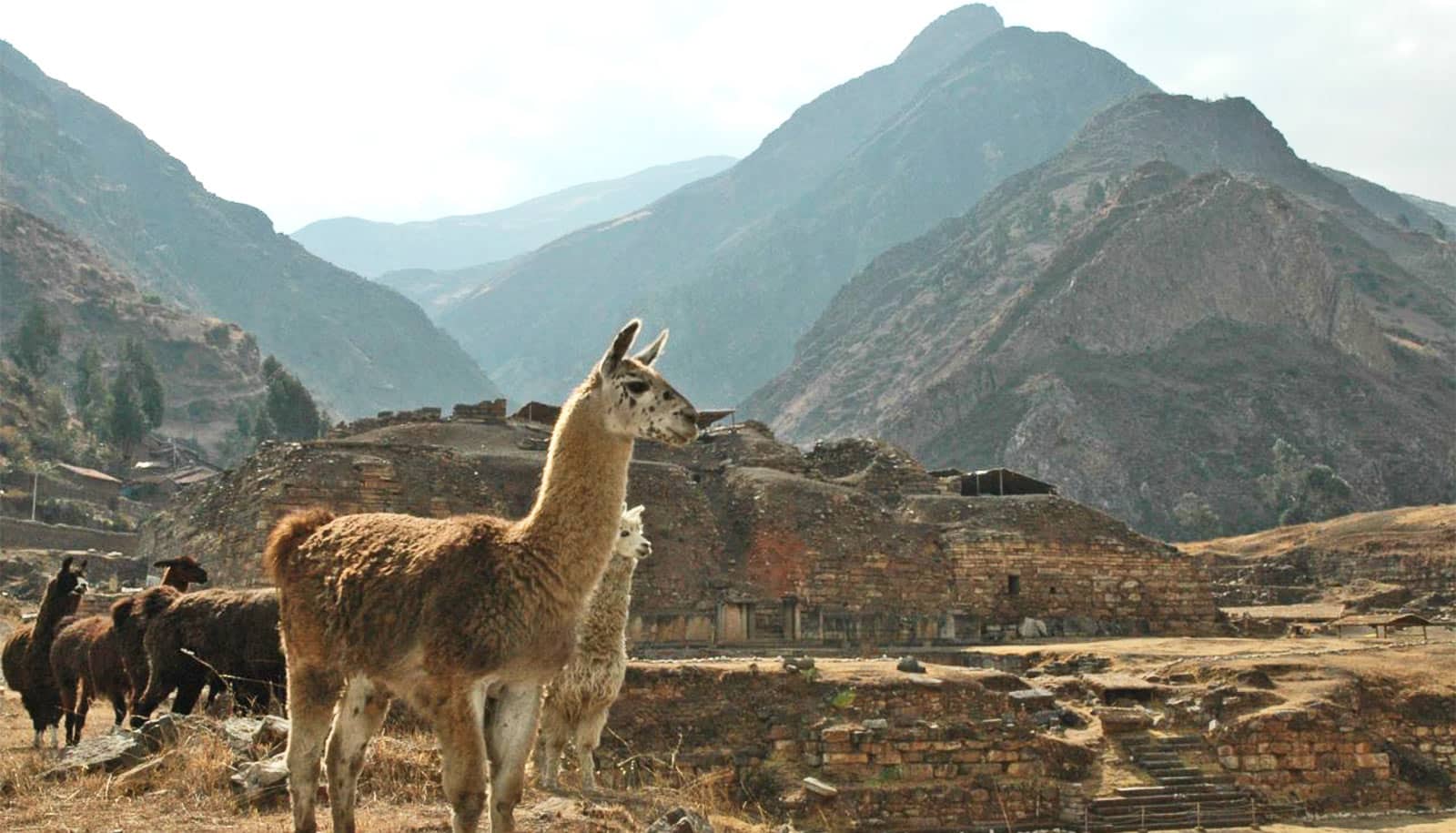An analysis of 63 archeological sites across North America, Europe, Asia, and Africa links increasing wealth inequality and the rise of animal domestication.
Published in Nature, the study used house size as a measure of wealth.
The sites included a range of economic systems—from ancient cities to hunter-gatherer communities—and spanned the past 11,000 years. Coauthor Elizabeth Stone, professor in the anthropology department at Stony Brook University, explains that the team expected wealth inequality to increase over time as societies and ruling systems developed but found Old Word societies experienced more wealth inequality than those in the New World.
And, unexpectedly, this inequality increased much more in Eurasia than in North America.
The reason for this disparity, according to the researchers, is the presence of large domesticated animals, such as horses and cattle that were present in Eurasia but absent in North America in Old World societies.
Such animals provided the abilities to plow fields for food product and transportation to move, develop, and create mounted armies, all of which enabled Eurasian Old Word societies to extend territory and acquire wealth.
The National Science Foundation contributed funding to Stone’s work.
Source: Stony Brook University



